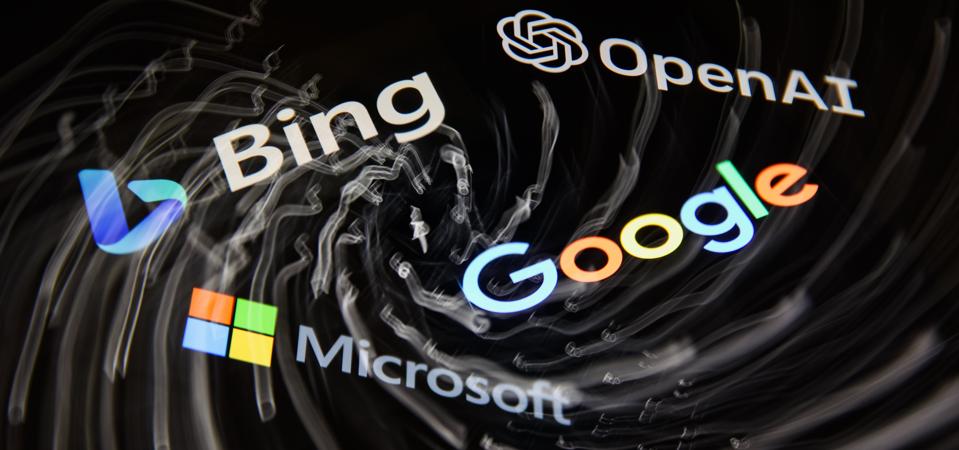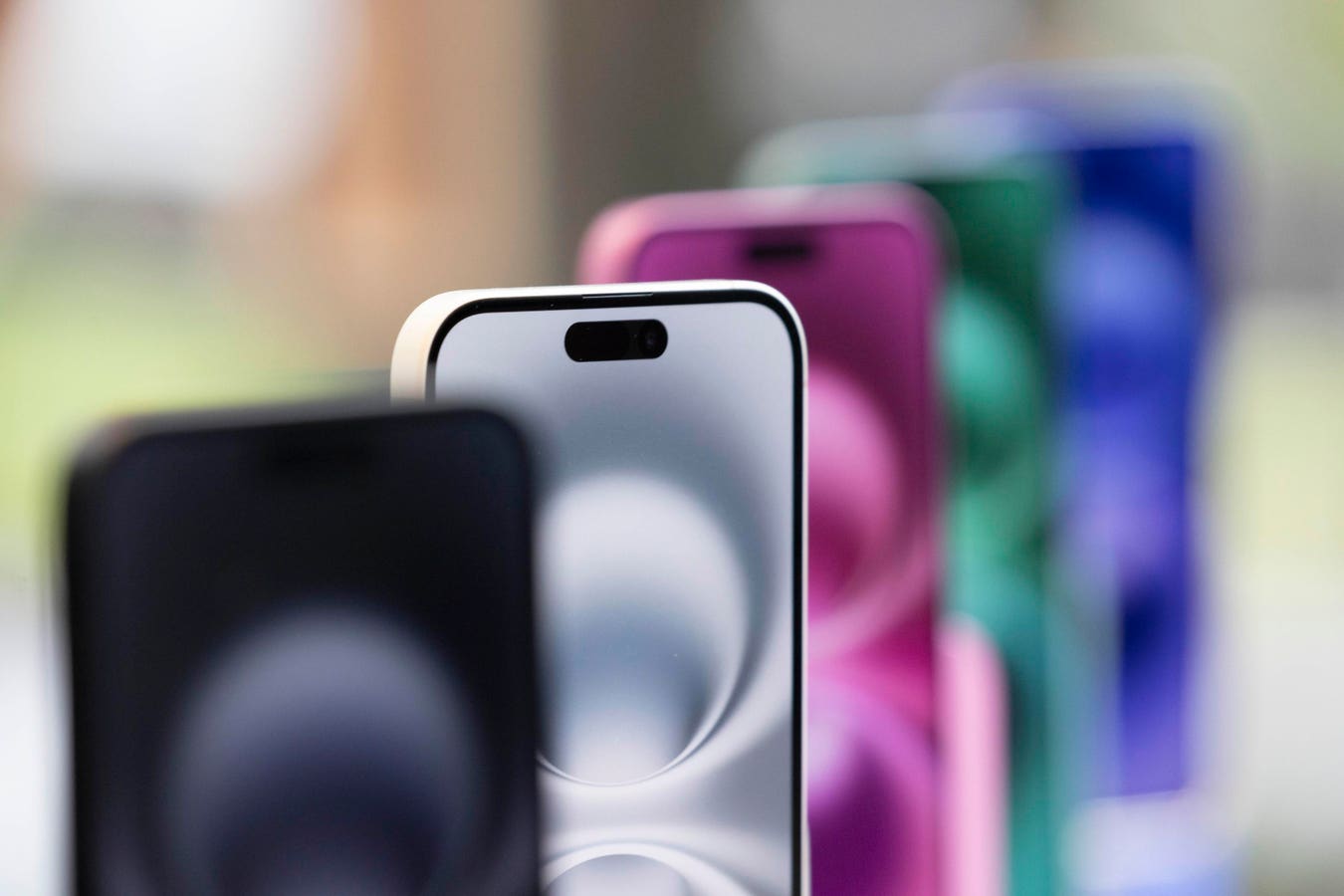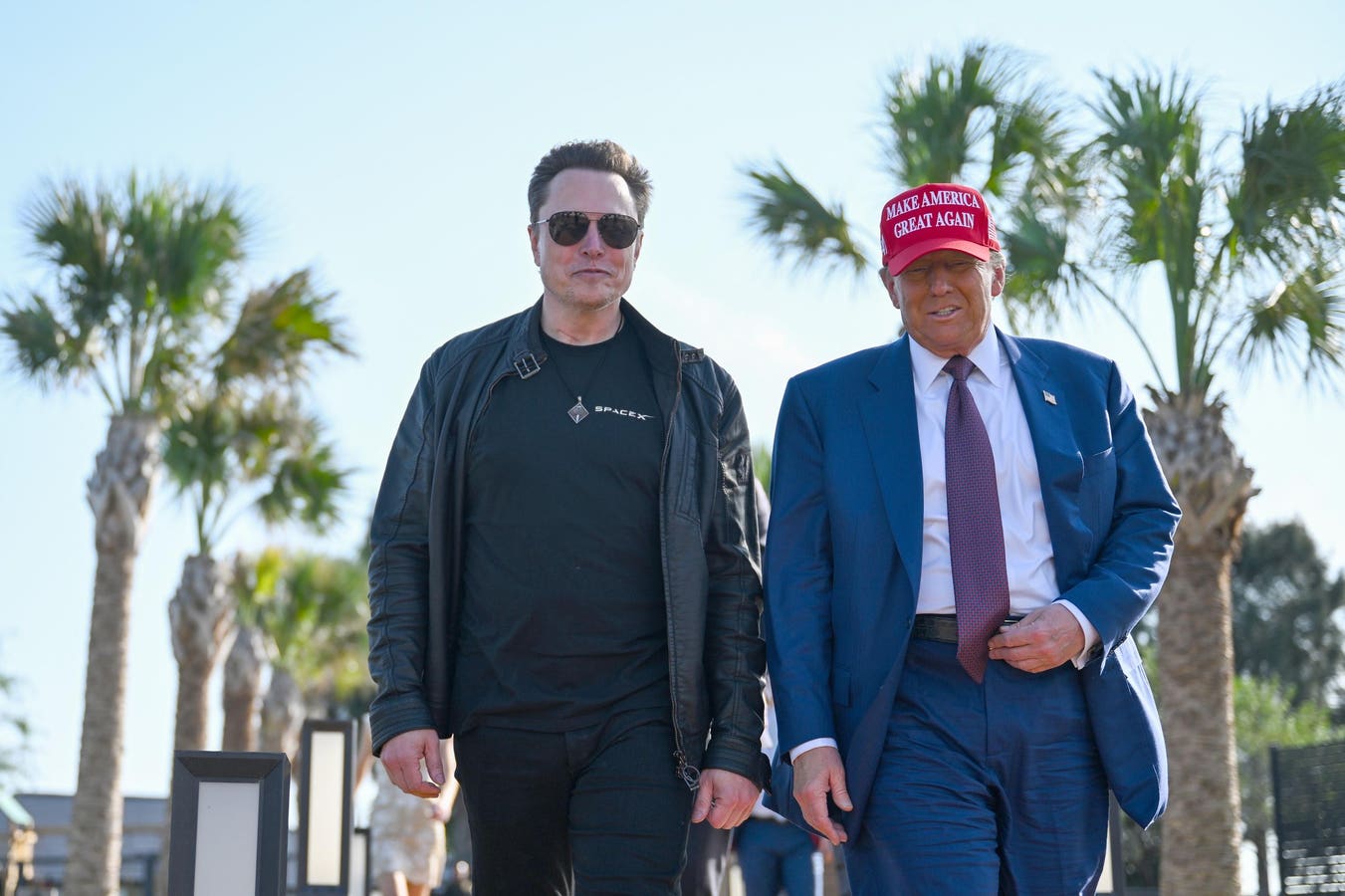Bing, OpenAI, Microsoft and Google logos displayed on a phone screen and a laptop keyboard are seen … More
Some predict that by 2028, more people will discover products and information through large language models (LLMs) like ChatGPT and Gemini than through traditional search engines. But based on research I conducted with Cornell Master’s students, that shift is happening much faster. LLM-driven traffic is already starting to outperform traditional search — not in volume, but in value.
Traffic from LLMs converts at nearly 9x higher rates than traditional search. This is the biggest disruption to search since the dawn of the internet. If you’re a brand or publisher, now is the time to adapt your SEO playbook. Oh, there is no “S” — it’s now called Answer Engine Optimization (AEO)
LLM Conversion Rate And The End of Search
Back in January, I predicted that traditional search was on its way out. Just six months later, the shift is already visible. In my UX research, I classify shoppers into three categories:
- Inspirational shoppers — browsing without a clear goal. These shoppers often spend time on Instagram or TikTok.
- Research shoppers — eager to learn and explore the “best option.” They tend to dive into Reddit threads or YouTube reviews.
- High-intent shoppers — ready to buy, but looking for specific product information. They visit brand websites and comb through reviews and product detail pages.
It’s easy to see how all these needs can now be met through a conversation with LLMs like ChatGPT, Claude, Gemini, or Perplexity.
Say you’re looking for an isotonic drink powder. Instead of scanning blogs, watching videos, or scrolling endlessly, you now ask ChatGPT — and it responds with direct recommendations:
- Tailwind Nutrition: Clean, light flavor, with a good electrolyte/carbohydrate balance
- SIS GO Electrolyte: Popular among endurance athletes
- Nuun Sport Tablets: Portable and convenient, but lower in carbs
Ask about ketogenic-friendly options, and it will go even further — offering details on ingredients, comparisons, and alternatives.
Staff Sergeant Alex Mackinnon from the Royal Electrical and Mechanical Engineers holds a sachet of … More
This isn’t search — it’s advice. And when users follow those links or act on suggestions, they convert at dramatically higher rates compared to normal search traffic. In my studies, LLM-generated traffic behaves more like a personal recommendation than a keyword query. But here’s the catch: if your brand isn’t listed, you’re invisible. The customer won’t even consider you.
A/B Tests: 9x Better Conversion Rate
Good numbers are hard to come by. LLM traffic, like what comes from ChatGPT, doesn’t always leave a clean trail — users might just copy and paste a product name and head to Amazon or another site. To get better data, we created a ChatGPT-style experience inside the site search of several e-commerce stores.
In A/B tests, we compared regular keyword search with an AI-guided, conversational search experience. The difference was stunning: almost 9x higher conversion. Yes, nine times.
But it’s not just conversion that’s changing — the way people search is evolving, too. In the past, users typed one or two words like “camera.” Now, when they’re shown more natural and detailed responses, they respond in kind. We’re seeing queries like:
“What’s a compact camera for wildlife photography that fits in a carry-on?”
Semrush backs this up with broader data:
- Average query length is now 23 words
- Sessions last over 6 minutes
- Users expect answers that feel personalized and human
In our interviews, shoppers said they felt more “understood” and “better about their purchase.” It didn’t feel like a search engine. It felt like getting advice from a knowledgeable friend.
If you scale that behavior to external LLM traffic — not just on-site — the value of that traffic already rivals what you get from SEO.
For brands, this means it’s time to rethink how you show up in these conversations. That’s what AEO — Answer Engine Optimization — is all about.
What Does This Mean for Brands?
Brands need to act. If you’re not being cited by LLMs, you’re becoming increasingly invisible. To get picked up by an LLM, you need to understand how these models learn from content.
Masking in ML Training
LLMs are pattern-completion engines. I often use the example of “Life is like a box of ___” in my online certificate from Cornell.
Correct. The answer is Chocolate. Machines learn the right answer through trial and error. This approach is called masking. To show up in an LLM’s response, your content needs to become part of its masked training data.
LLMs look for authoritative, helpful, and authentic content. Since they predict the next word in a conversation with a user, they favor content written in a conversational or Q&A format.
Brands need their own discovery layer
For brands a new playbook is emerging AEO. I outlined here what brands need to know about AEO. AEO is just the beginning. Two even bigger shifts are on the horizon — and both will deeply impact how brands show up in the age of AI: Paid Ads in LLMs and Model Context Protocol and agents that act on behalf of the LLM. The future is already underway. Ping me on LinkedIn if you want to continue the conversation.









